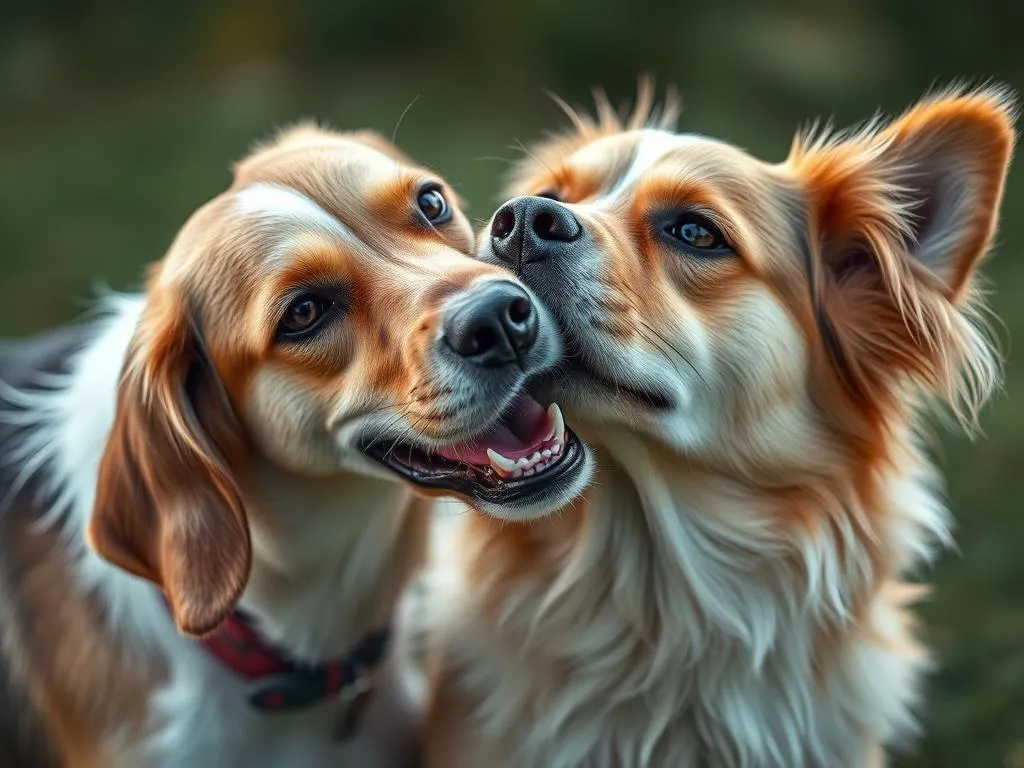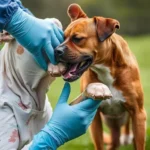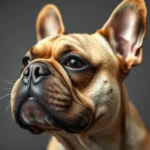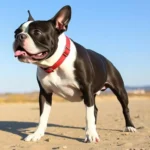
Introduction
Understanding dog health care is essential for any dog owner. A significant part of this involves interpreting and responding to various canine behaviors. Dogs communicate in numerous ways, and one behavior that often puzzles pet owners is nibbling between dogs. This article aims to explore why does my dog nibble on my other dog, examining the various motivations behind this behavior and its implications for canine health.
Understanding Dog Behavior
Canine Communication
Dogs are social animals, relying heavily on non-verbal communication to express their feelings and intentions. They use body language, vocalizations, and even physical interactions to convey messages. For instance, a wagging tail generally indicates happiness, while a lowered head might signal submission or fear. Nibbling can be one such form of communication, often misunderstood by humans.
Social Structure in Dogs
Dogs have a natural pack mentality, which influences their social interactions. Within a pack, there exists a hierarchy, and each dog has its role. Play, grooming, and nibbling are essential activities that foster social bonds among dogs. Understanding this social structure helps pet owners interpret their dogs’ actions in a more informed manner.
Reasons Why Dogs Nibble on Each Other
Playful Behavior
One of the most common reasons for nibbling is playful behavior. Dogs often engage in light nibbling during play, which mimics a form of wrestling or chasing. Signs that indicate playfulness include relaxed body posture, wagging tails, and playful barks. If your dog approaches another with a loose body and playful demeanor, it is likely engaging in friendly nibbling.
Grooming and Affection
Nibbling can also be an expression of grooming behavior. Many dogs partake in grooming rituals, which may involve nibbling on each other’s fur or skin. This behavior not only helps maintain hygiene but also fosters bonds between dogs. Dogs that nibble affectionately often exhibit calm and relaxed body language, indicating that this behavior is rooted in love and companionship.
Anxiety or Stress Relief
In some cases, nibbling can serve as a coping mechanism for anxiety or stress. Dogs may nibble on each other to self-soothe or to comfort their companions. Signs of anxiety or stress in dogs can include excessive barking, pacing, or changes in eating habits. If you notice your dog nibbling frequently, it may be a signal of underlying stress that needs addressing.
Attention-Seeking Behavior
Nibbling may also be a way for a dog to seek attention from humans or other dogs. If a dog realizes that nibbling gets a reaction—whether positive or negative—it may continue the behavior. To differentiate between attention-seeking nibbling and other reasons, observe the context and the dog’s overall behavior. If nibbling occurs during moments of inactivity or when the dog is alone, it may indicate boredom rather than a need for attention.
Behavioral Issues
While nibbling can often be a benign behavior, it may sometimes indicate underlying behavioral issues. If a dog exhibits aggressive or dominant nibbling, it could signal a need for behavioral intervention. Signs such as growling, raised hackles, or stiff body posture during nibbling should not be ignored and may require professional evaluation.
Health Implications of Nibbling
Normal vs. Abnormal Nibbling
It is crucial for dog owners to distinguish between normal and abnormal nibbling behavior. Normal nibbling is typically gentle, playful, and occurs in a context of social bonding. On the other hand, excessive or aggressive nibbling can be a cause for concern, potentially leading to injuries or infections.
Potential Health Risks
Excessive nibbling can lead to several health risks, including skin irritation or infections. If a dog is nibbling excessively on another dog, it may create open wounds, leading to potential health complications. Moreover, if one dog is consistently on the receiving end of excessive nibbling, it may experience stress or anxiety, affecting its overall well-being.
When to Consult a Veterinarian
Knowing when to seek professional advice is vital for dog health care. If your dog’s nibbling seems unusual or excessive, or if you notice accompanying signs of distress—such as changes in appetite, excessive barking, or withdrawal from social interactions—consulting a veterinarian is advisable. Early intervention can prevent the development of more serious issues.
Managing Nibbling Behavior
Positive Reinforcement Training
Training is essential for managing nibbling behavior effectively. Positive reinforcement techniques can encourage appropriate and desirable behaviors while discouraging unwanted nibbling. Rewarding your dog for engaging in alternative behaviors, such as playing with toys, can help redirect their attention. Consistency and patience are key; training takes time and effort.
Redirecting Attention
Another effective strategy is to redirect your dog’s attention to acceptable toys or activities. Providing engaging toys, interactive games, or activities can help satisfy your dog’s need for stimulation and reduce the urge to nibble on another dog. This helps create a more harmonious environment for both dogs.
Creating a Stress-Free Environment
To minimize stress-related nibbling, it is essential to create a calming environment for your dogs. This can include regular exercise, mental stimulation, and socialization with other dogs and humans. A well-exercised dog is less likely to engage in stress-related behaviors, including excessive nibbling.
Conclusion
Understanding the reasons behind why does my dog nibble on my other dog is crucial for effective dog health care. By recognizing the various motivations—ranging from playful interactions to expressions of anxiety—dog owners can respond appropriately and ensure their pets’ well-being. Observing and engaging with your dogs can foster a better understanding of their needs and behaviors, ultimately leading to a healthier and happier life for both pets and owners.
FAQs
Common Questions About Dog Nibbling
Why does my dog nibble on me?
Nibbling on humans can be a sign of affection, playfulness, or attention-seeking behavior. The context of the nibbling can offer clues to its intent.
Is nibbling a sign of aggression?
Not necessarily. While nibbling can sometimes indicate dominance or aggression, it is often a playful or affectionate behavior. Observing the dog’s body language can help distinguish between the two.
How can I stop my dog from nibbling on my other dog?
Redirecting attention to toys, using positive reinforcement training, and creating a stress-free environment can help reduce unwanted nibbling behaviors.
Questions About General Dog Health
What are the signs of a healthy dog?
Signs of a healthy dog include a shiny coat, clear eyes, regular eating and drinking habits, and an active demeanor. Regular veterinary check-ups are also essential.
How often should I take my dog to the vet?
Routine vet visits should typically occur at least once a year. However, older dogs or those with health issues may require more frequent check-ups.
What vaccinations are necessary for my dog?
Vaccinations are crucial for preventing various diseases. Core vaccines generally include rabies, distemper, parvovirus, and adenovirus. Consult your veterinarian for a personalized vaccination schedule.









